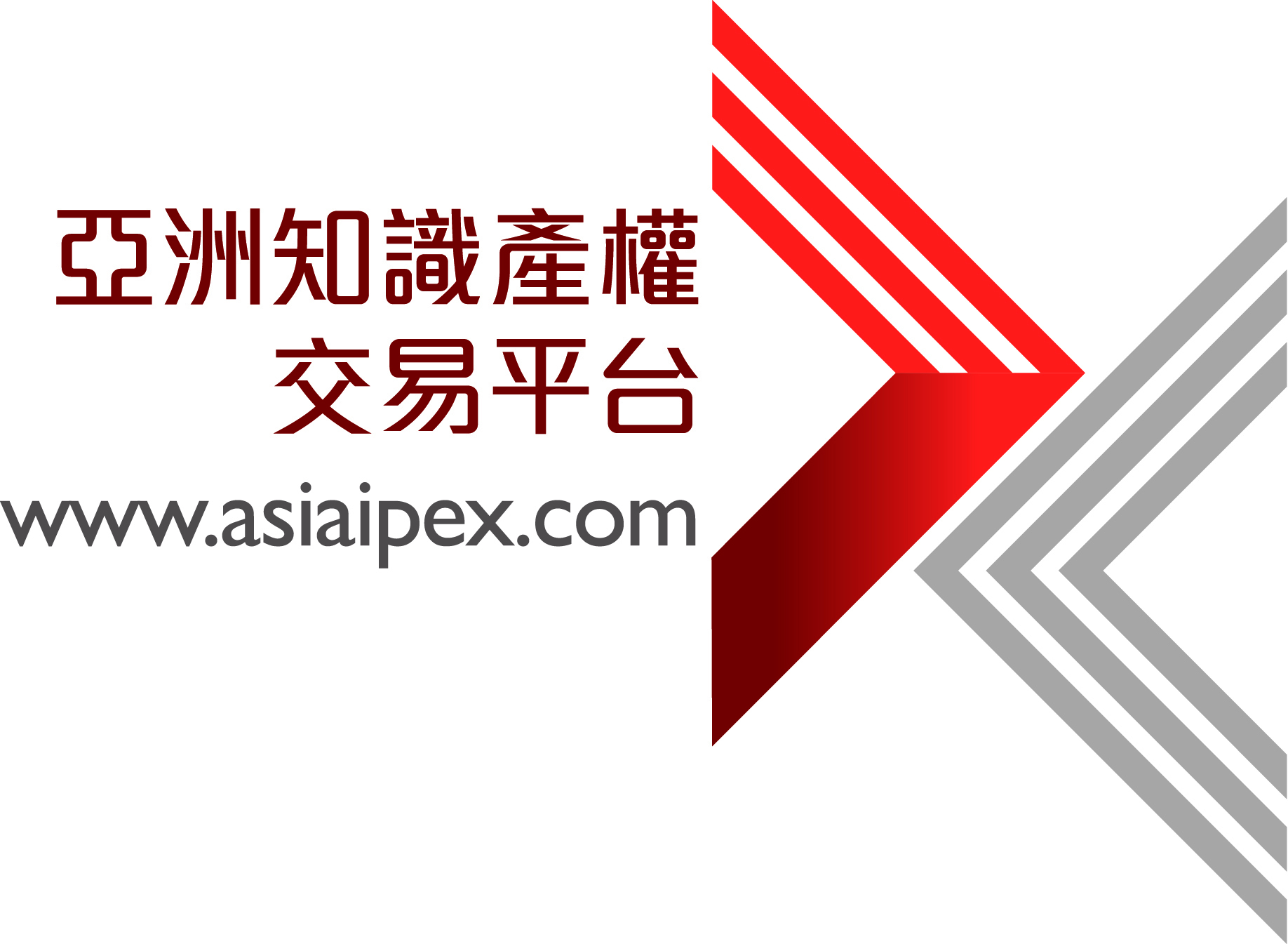3D Bioprinting and Near-Field Electrospinning for Targeted Fabrication of Scaffolds for Bone-Soft Tissue Interface Engineering
- 技术优势
- Patient-specificbone-soft tissue (ligament, tendon, cartilage, etc.) scaffold to match that ofthe native tissueTargetedhybrid manufacturing system optimized for tri-phasic structural fabricationCommerciallyavailable synthetic and natural materials and custom materials can be used Hasthe potential to immediately restore full functionality to the jointMinimizesthe complexity of scaffold integration into the existing anatomyApplicationsin biomedical engineering and tissue regeneration
- 详细技术说明
- A novel,hybrid 3D bioprinting and near-field electrospinning manufacturing system and methodfor fabricating tissue interface scaffolds capable of resisting high externalloads (i.e., ligaments, tendons, and other soft-tissue).
- *Abstract
-
Thescaffold is tri-phasic, allowing for a biochemically and biomechanically-gradedinterface from bone to soft-tissue. Moreover, nano/microstructure, mechanicalproperties, and biodegradation rates of the scaffold can be controlled. An anatomicallypatient-specific scaffold created for ligament regeneration can be cultured in-vitro and implanted, or implanteddirectly into the injured site where regeneration is induced in-vivo. The system to create thescaffolds allows for merging two manufacturing techniques, optimizedindividually for fabricating the bone and soft-tissue phases, respectively. Theinterface region is created through a combined print/spin technique, andarchitecturally and materially-graded, omni-directionally.
- *Background
- Ligament healing after rupture can be delayed monthsor years and the native (original) tissue (collagen type I) is often replaced throughfibroblast synthesis of collagen type III. The replacement scar-like tissue isbiomechanically, biochemically, and histologically insufficient to the nativetissue. For this reason, surgical intervention in the form of ligamentreconstruction is necessary. This procedure requires that a tendon be removedfrom another region of the body and used as a ligament replacement.Unfortunately, these autographs have been shown to cause donor-site morbidityand do not match the mechanical properties of the native ligament. It isimportant to note that no current ligament reconstruction procedure cancompletely restore the kinematics of the pathologic joint. Orthopaedic-relatedresearch has therefore focused on strategies to improve and accelerate thehealing process through tissue-engineered scaffolds. An optimal interface scaffoldwould be tri-phasic, including the bone, ligament (tendon, cartilage, or othersoft tissue), and the hard/soft tissue interface region. It would behistologically and biochemically similar to the native tissue and mechanicallycompetent to resist high tensile and compressive joint loads.
- *Inquiry
- STC has filed intellectual property on this exciting new technology and is currently exploring commercialization options. If you are interested in information about this or other technologies, please contact Arlene Mirabal at amirabal@stc.unm.edu or 505-272-7886.
- 国家/地区
- 美国

欲了解更多信息,请点击 这里





